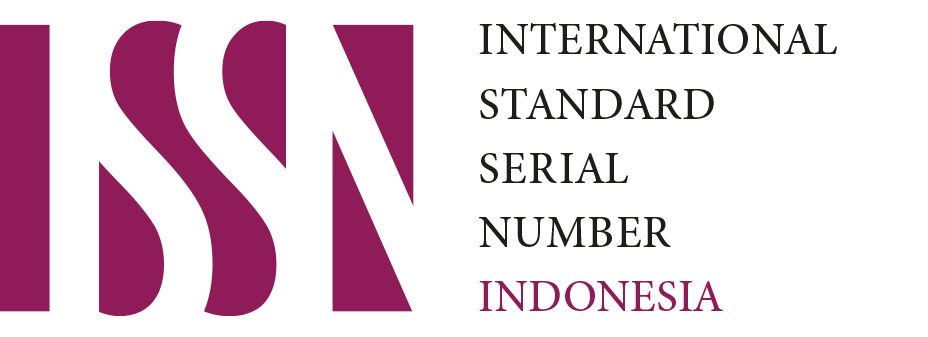Perception and Use of OPAC by Users in Academic Libraries in Kwara State, Nigeria
Downloads
Background of the study: The study investigated the use and perception of Online Public Catalogue (OPAC) by users in academic libraries in Kwara State, Nigeria.
Purpose: The study adopted descriptive survey research method were a total number of 203 questionnaires were distributed amongst library users in both selected academic libraries. A simple random sampling technique was used for this study.
Method: The descriptive analysis was used to analyze the collected data using frequency counts and simple percentages.
Findings: The study revealed that majority of the respondents is aware of the existence and availability of OPAC. Although a very small percent of respondents in Unilorin and Kwara State Polytechnic got their awareness of OPAC through the library. The study also revealed that an average percent of respondents in both institutions can make use of the library OPAC effectively. Based on user's perception of OPAC, the findings show that majority of respondents highly acknowledge OPAC, well perceived and more preferred to card catalogue. A high percent of respondents admitted that the library OPAC enable them to locate materials quickly on the shelf. However, most of the respondents showed that they are facing some challenges which include poor network services, power failure, poor assistance from the library staff etc.
Conclusion: The researchers recommend that the library should create more awareness and effective user education for students on the use of OPAC at various levels to ensure maximum utilization of the library resources.
Downloads
Ademodi, D.T. (2008). Public Catalogue use of Federal Technology Library Akure and Adekunle Ajasin University Library Akungba-Akoko: A comparative study. Gateway Library Journal, 2(1).
Ademodi, D. T., & Akintomide, O. A. (2012). Awareness and use of OPAC by students of Adekunle Ajasin University, Akungba-Akoko, Nigeria. International Journal of Research in Education. (Special edition), P. 35-38.
Anderson, E. (2000). The Future of Library Automation for Schools. School libraries in Canada, 20(1).
Bilal, D. (2002). Automating Media Centers and Small Libraries: A Microcomputer-based Approach, Englewood: Libraries unlimited.
Devendra & Nikam. K. (2013). Attitudes of law university library users towards the use of Devi Ahilya University Library. Indore.SRELS Journal of Information Management, 45(1), 55-62.
Fabunmi O. M., & Asubiojo, B.O. (2012). Awareness and use of Online Public Access Catalogue by students of Obafemi Awolowo University, Ile-Ife, Nigeria. Library Philosophy and Practice (e-journal), http://www.digitalcommons.uni.edu.
Fati I. O., & Adetimirin A. (2015). "OPAC awareness as a factor affecting OPAC use by undergraduates in two Nigeria libraries. Inter. J. Acad. Lib. Info. Sci, 3(3), 2-80.
Ifidon, E. I. (2004). Reading in General Studies: Use of Library. Ambrose Ali Information and library review, 30(2), 97-104.
Ishola, B.C. (2004). Use of Library. Lagos: Oduduwa University Press.
Kumar, S., & Vohra, R. (2011). Online Public Access Catalogue Usage at Punjab University Library, Chandigurh, India. Journal of Library and Information Technology, 34(4), 302-310.
Madu & Ezeani, (2010). Modern Library and Information Science, Ibadan: TextlinksPublisher.
Mathews JR, Gary, SL and Douglas, KF (1983). Using Online Catalogue: A Nationwide Survey. Report of a study sponsored by the council on library resources, New York.
Mulla K. R., & Chandrashekara, M. (2009). A study on the effective use of Online Public Access Catalogue at the Libraries of Engineering Colleges in Karnataka, India. International Journal of Library and Information Science, 1(3), 29-42.
Narang, & Singh S. (2013). Use of Online Public Access Catalogue by the research scholars of Guru Nanak Dev University, Amristsar. SREALS Journal of Information Management, 50(2), 191-200
Nisha, F., & Naushad Ali, P. M. (2011). "The application and use of library intranet services at the Indian institute of Technology, Delhi, Library philosophy and practice, 1-19. http://unllib.unl.edu/LPP/nisha-ali.htm.
Norden D. J., & Lawrence, G. H. (1981). Public terminal use in an Online Catalogue; some preliminary result. Collection Resources Library, 42(2), 308-316.
Nwalo, K.I.N. (2003). Fundamentals of Library Practice. Ibadan: Stirling Horden, 120p.
Ruzegea, M. (2012). "The Usability of OPAC Interface Features: The perspective of postgraduate students at International Islamic University Malaysia (IIUM), Library Philosophy and Practice, 1-22. http://unllib.unl.edu/LPP/ruzegea.htm.
Singh, R. P., Naidu, G. H. S., & Jadon, G. S. (2008). Use of online public access catalogue in Devi Ahilya University Library Indore. SREL Journal of Information Management, 45(1), 55-62.
Thanuskordi, S. et al. (2012). Use of Online Public Access Catalogue at Annamalai University Library. International Journal of Information Science, 2(6), 70-74. http://journal.sapub.org/ijis.
Copyright (c) 2021 Mohammed Lawal Akanbi, Rebecca Olufunmilola Adekanbi, Qudus Bankole

This work is licensed under a Creative Commons Attribution-ShareAlike 4.0 International License.
Record and Library Journal by Unair is licensed under a Creative Commons Attribution-ShareAlike 4.0 International License.
1. The journal allows the author to hold the copyright of the article without restrictions.
2. The journal allows the author(s) to retain publishing rights without restrictions
3. The legal formal aspect of journal publication accessibility refers to Creative Commons Attribution Share-Alike (CC BY-SA).
4. The Creative Commons Attribution Share-Alike (CC BY-SA) license allows re-distribution and re-use of a licensed work on the conditions that the creator is appropriately credited and that any derivative work is made available under "the same, similar or a compatible license”. Other than the conditions mentioned above, the editorial board is not responsible for copyright violation.



 57201398420
57201398420

























